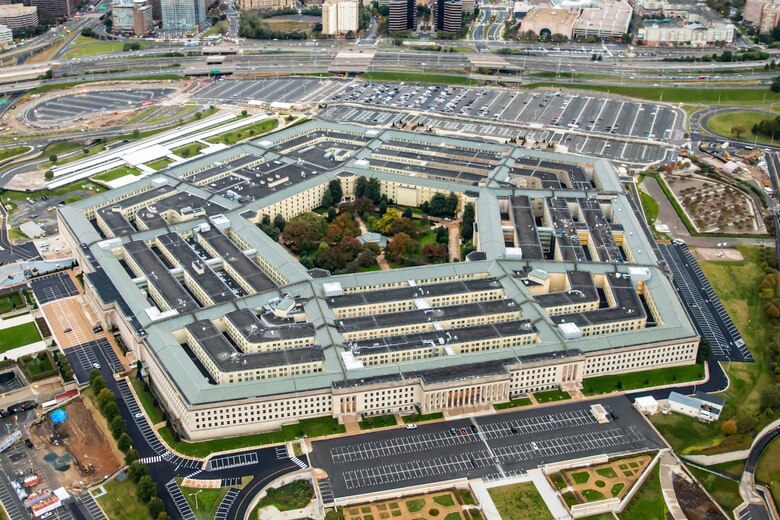President Donald Trump is proposing a 13 percent increase in defense spending for fiscal 2026, pushing the budget plan over $1 trillion for the first time ever, according to a budget document obtained by Air & Space Forces Magazine.
“The budget increases Defense spending by 13 percent, and prioritizes investments to: strengthen the safety, security, and sovereignty of the homeland; deter Chinese aggression in the Indo-Pacific; and revitalize America’s defense industrial base,” the document outlining a “skinny version” of the President’s Budget Request states.
The 13 percent increase would take the Pentagon’s 2026 budget to $1.01 trillion, based on the $893 billion fiscal 2025 budget approved under a full-year continuing resolution in March.
Both Trump and Defense Secretary Pete Hegseth have pledged repeatedly to take the budget over $1 trillion. Bloomberg News first reported the $1.01 trillion figure.
However, some Republican lawmakers in Congress are arguing the 13 percent increase cited by the White House is misleading, because it includes funds from the reconciliation package currently being worked on Capitol Hill.
The White House’s Office of Management and Budget “is not requesting a trillion-dollar budget,” Senate Armed Services Committee chairman Sen. Roger Wicker said in a statement. “It is requesting a budget of $892.6 billion, which is a cut in real terms. This budget would decrease President Trump’s military options and his negotiating leverage. … I have said for months that reconciliation defense spending does not replace the need for real growth in the military’s base budget.”
The money in the reconciliation bill can be spent from fiscal 2025 through fiscal 2029—the entirety of Trump’s term. In another budget document, however, OMB noted that “the Administration assumes enactment of a reconciliation bill later this year that will include at least $325 billion in additional resources (including $175 billion for border/non-defense and $150 billion for defense) to supplement certain discretionary activities. For 2026, the administration assumes a total of $163.1 billion will be allocated with $113.3 billion going to the Department of Defense, $43.8 billion for the Department of Homeland Security, and $6 billion for NNSA.”
“Make no mistake: a one-time influx reconciliation spending is not a substitute for full-year appropriations. It’s a supplement,” said Sen. Mitch McConnell, chair of the powerful Appropriations defense subcommittee. “OMB accounting gimmicks may well convince Administration officials and spokesmen that they’re doing enough to counter the growing, coordinated challenges we face from China, Russia, Iran, North Korea, and radical terrorists. But they won’t fool Congress. The correct response to the most dangerous threats to U.S. interests in decades is not a fifth straight budget request that proposes a real-dollar cut to the U.S. military.”
More details on the 2026 budget are expected later this month. The so-called skinny budget outlined in the budget memo emphasizes investment in Trump administration priorities, including the Golden Dome missile defense initiative, shipbuilding and munitions production, and countering China in the Pacific.
Republicans recently unveiled a $150 billion reconciliation package identifying many of the same priorities.
The government’s fiscal year runs October 1 through September 30, but Congress has rarely passed budgets in time for the start of a fiscal year in recent decades. When that happens, Congress must first pass a continuing resolution to keep the government running; those bills typically freeze spending at the prior year’s level and prevent new programs from starting.
The president’s budget request is a proposal. Because Congress has the power of the purse, lawmakers can add or subtract from the proposal before passing it.
A $1 trillion defense budget was once seen as unimaginable, but inflation over time has made it more and more likely. The Biden administration had projected spending trillion-dollar defense budgets by the end of the decade, but the one-year increase of 13 percent accelerates that by several years.
Assuming the detailed budget mirrors the proposed reconciliation package, the military branch that stands to benefit the most will be the Navy, which has long articulated an argument for increased shipbuilding. Although far smaller, the Space Force would also likely gain significantly in percentage terms.


